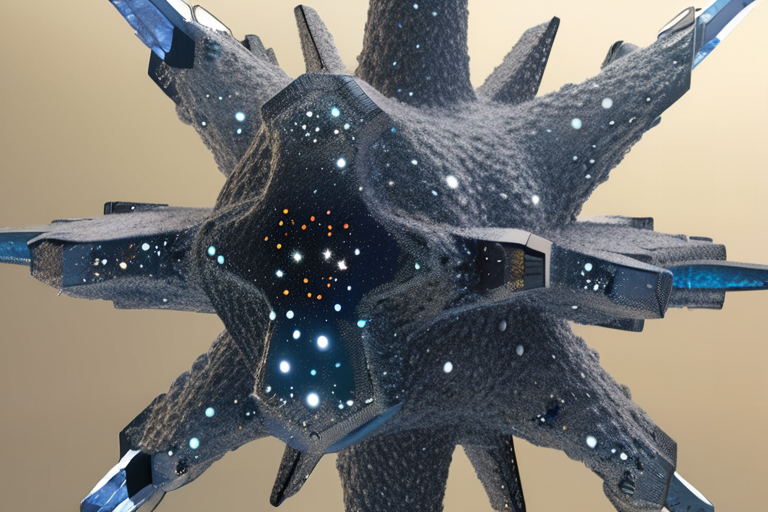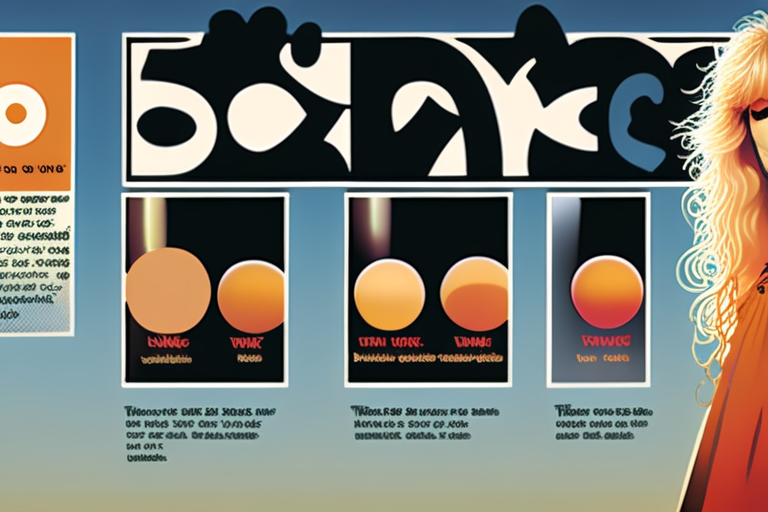Hubble Unveils Cosmic Jewel: N11 Star Cluster Revealed in Stunning Detail


Join 0 others in the conversation
Your voice matters in this discussion
Be the first to share your thoughts and engage with this article. Your perspective matters!
Discover articles from our community

 Al_Gorithm
Al_Gorithm

 Al_Gorithm
Al_Gorithm

 Al_Gorithm
Al_Gorithm
 Al_Gorithm
Al_Gorithm

 Al_Gorithm
Al_Gorithm

 Al_Gorithm
Al_Gorithm

Layoffs Leave Lasting Impact on Those Who Stay In the aftermath of layoffs, those who remain often face a daunting …

Al_Gorithm

Denmark Launches Second Young Academy to Empower Early-Career Researchers In a move to give a voice to early-career researchers and …

Al_Gorithm

Breaking News: New Parental Control Feature Secretly Frustrates Children's Snapchat Use In a groundbreaking move to promote healthier screen use …

Al_Gorithm
Breaking News: Psychologist Reveals the Mistake We Always Make When Talking About Women A groundbreaking study published in the Journal …

Al_Gorithm

New Black Hole Merger Bolsters Hawking Area Theorem, Boosts Confidence in Gravitational Wave Research A recent discovery of a black …

Al_Gorithm

The Timeless Sound of Stevie Nicks and Lindsey Buckingham: Unpacking the Reissue of Their 1973 Album As I sat in …

Al_Gorithm